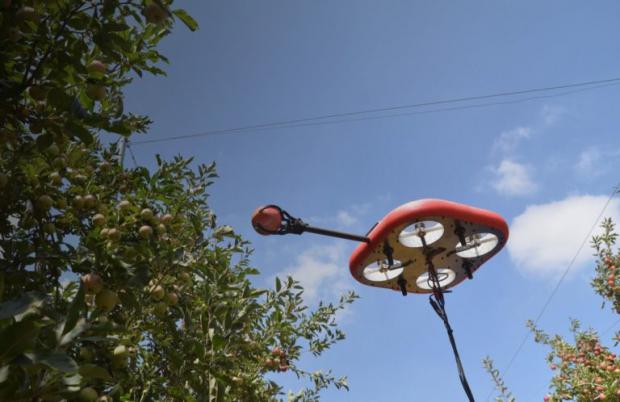
Breaking News
 HERE'S WHAT NO CASH ACTUALLY MEANS (Dave Ramsey re-post)
HERE'S WHAT NO CASH ACTUALLY MEANS (Dave Ramsey re-post)
 The Silver Shift: Why Stackers Are DUMPING 90% Silver & Buying SilverBitz!
The Silver Shift: Why Stackers Are DUMPING 90% Silver & Buying SilverBitz!
 Eye-bouncing - #SolutionsWatch
Eye-bouncing - #SolutionsWatch
 'Targeted, Antisemitism': 16 Dead, 38 Injured After Father & Son Terrorists Attack...
'Targeted, Antisemitism': 16 Dead, 38 Injured After Father & Son Terrorists Attack...
Top Tech News
 This tiny dev board is packed with features for ambitious makers
This tiny dev board is packed with features for ambitious makers
 Scientists Discover Gel to Regrow Tooth Enamel
Scientists Discover Gel to Regrow Tooth Enamel
 Vitamin C and Dandelion Root Killing Cancer Cells -- as Former CDC Director Calls for COVID-19...
Vitamin C and Dandelion Root Killing Cancer Cells -- as Former CDC Director Calls for COVID-19...
 Galactic Brain: US firm plans space-based data centers, power grid to challenge China
Galactic Brain: US firm plans space-based data centers, power grid to challenge China
 A microbial cleanup for glyphosate just earned a patent. Here's why that matters
A microbial cleanup for glyphosate just earned a patent. Here's why that matters
 Japan Breaks Internet Speed Record with 5 Million Times Faster Data Transfer
Japan Breaks Internet Speed Record with 5 Million Times Faster Data Transfer
 Advanced Propulsion Resources Part 1 of 2
Advanced Propulsion Resources Part 1 of 2
 PulsarFusion a forward-thinking UK aerospace company, is pushing the boundaries of space travel...
PulsarFusion a forward-thinking UK aerospace company, is pushing the boundaries of space travel...
 Dinky little laser box throws big-screen entertainment from inches away
Dinky little laser box throws big-screen entertainment from inches away
 'World's first' sodium-ion flashlight shines bright even at -40 ºF
'World's first' sodium-ion flashlight shines bright even at -40 ºF
Fruit-picking drones may be heading for an orchard near you

Each of the system's FAR (Flying Autonomous Robots) units consists of a wheeled base vehicle which travels up and down the rows of fruit trees, along with four quadcopter drones that are electrically tethered to that vehicle – it acts as their power source.
Utilizing their onboard cameras and AI-based computer vision algorithms, the drones are reportedly able to differentiate between individual fruits and other objects. They can also assess the size and ripeness of each fruit, plus they're capable of planning a collision-free flight path toward those that are deemed suitable for harvest.
The drones then use an integrated grasper arm – along with special stabilization algorithms – to actually pick the fruits, which they proceed to drop onto the deck of the base vehicle. They can do so throughout the day and night, as long as the base vehicle's battery lasts.
Plans call for users to rent fleets of the FARs as needed, letting the company know how many are required, at what time and for how long long. Once the units have been delivered and the picking commences, an app provides a real-time display of factors such as the amount of fruit picked, and the estimated time left in the harvesting process.
The system isn't available for commercial use yet, but will reportedly be utilized later this year in pilot projects at apple orchards in Spain, the US and Italy.



